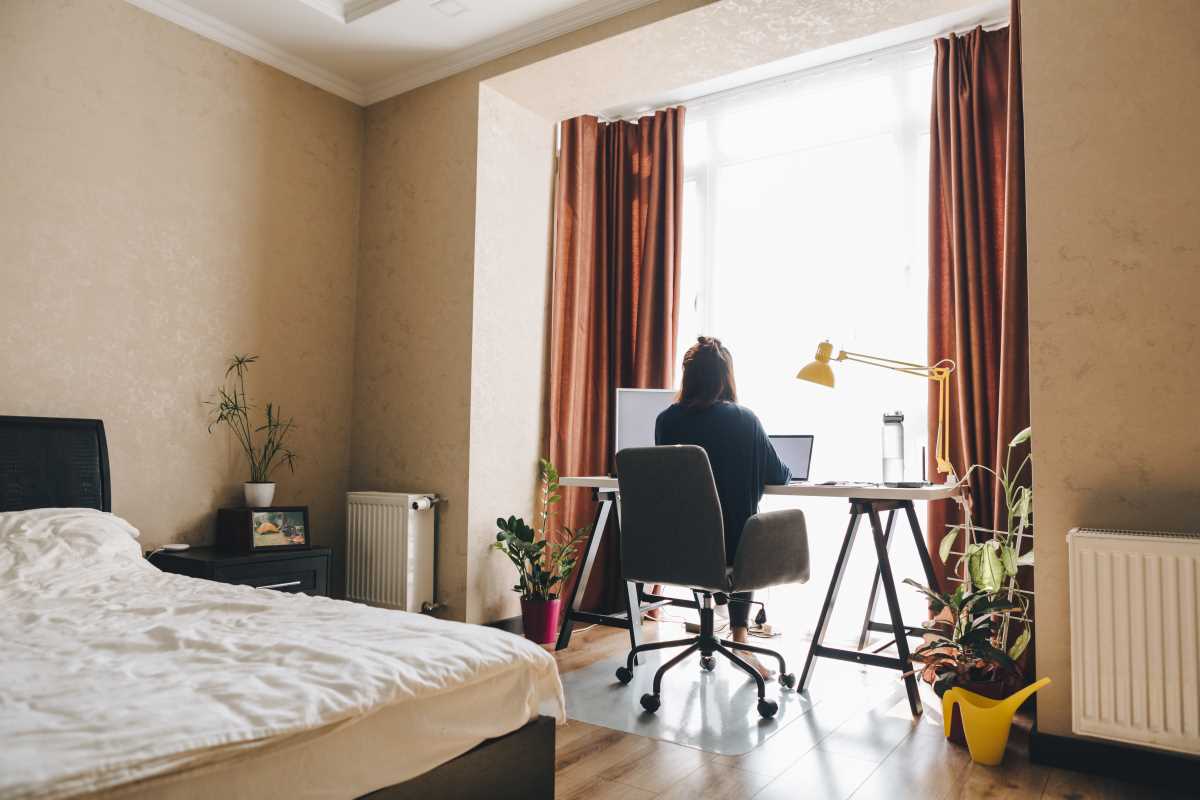Finding the right balance between work and home life can seem as challenging as walking a tightrope, yet it's entirely achievable with thoughtful strategies. By crafting a harmonious blend of responsibilities, you can boost productivity while nurturing your personal well-being. If you're setting up a home office for the first time or seeking to enhance an existing workspace, seamlessly weaving these elements together can transform your daily routine into something both fulfilling and efficient. With a little planning and attention to detail, you can create an environment that supports your professional goals and enriches your personal life.
Understanding the Work-Home Integration
Merging your professional responsibilities with personal life brings its own set of challenges. Recognizing these obstacles serves as the first step toward overcoming them and achieving a balanced lifestyle.
- Distractions at Home: From household chores to family members, maintaining focus can be tough when your workspace is within your living area.
- Blurring Boundaries: Without clear separation, work tasks can spill over into personal time, which leads to burnout and decreased productivity.
- Lack of Dedicated Workspace: Not having a specific area for work can make it harder to switch off and mentally transition between roles.
- Technology Overload: Managing multiple devices and platforms for work can lead to frustration and reduced efficiency.
- Time Management Issues: Balancing meetings, deadlines, and personal commitments requires effective scheduling to prevent overlap and stress.
Choosing the Right Office Solutions
Selecting the appropriate tools and systems can significantly ease the integration of work and home life. Here are key office solutions to consider:
- Ergonomic Furniture: Invest in chairs and desks that support good posture to prevent physical strain during long work hours.
- Noise-Canceling Headphones: These can help minimize background noise, allowing for better concentration and fewer interruptions.
- Smart Lighting: Adjustable lighting can enhance focus and reduce eye strain, creating a comfortable working environment.
- Storage Solutions: Organized storage keeps your workspace tidy and your mind clear, making it easier to find what you need when you need it.
- Reliable Internet Connection: A fast and stable connection is essential for seamless communication and efficient workflow.
Designing a Functional Workspace
Your workspace should be a sanctuary that promotes both productivity and relaxation. Start by selecting a space that minimizes distractions and allows you to maintain focus throughout the day.
Consider incorporating elements like natural light, plants, and comfortable furniture to create a pleasant environment. For those looking to enhance their focus and well-being, changing your area into a Zen Space can make a significant difference. A Zen-inspired workspace embraces simplicity and tranquility, reducing stress and increasing your ability to concentrate on tasks.
Arranging your workspace to include distinct zones for different activities—such as brainstorming, meetings, and relaxation—can help you switch gears more effectively and maintain a clear distinction between work and personal time.
Setting Boundaries for Better Balance
Establishing clear boundaries is crucial to preventing work from encroaching on your personal life. Set specific work hours and communicate them to your household members to reduce interruptions and create a predictable routine.
Use visual cues, like a closed door or a specific desk setup, to signal when you are in work mode. This not only helps you stay focused but also informs others when you should not be disturbed. Make it a habit to disconnect from work-related devices outside of your set hours to ensure you have time to recharge and enjoy personal activities.
Technology and Tools to Enhance Productivity
Using the right technologies and tools can make managing both home and work responsibilities easier. Essential tools to streamline your workflow include:
- Project Management Software: Platforms like Trello or Asana help you keep track of tasks, deadlines, and project progress in an organized manner.
- Communication Tools: Apps such as Slack or Microsoft Teams facilitate seamless communication with colleagues, reducing the need for constant meetings.
- Time Tracking Apps: Tools like Toggl or RescueTime help you monitor how you spend your time, allowing for better scheduling and increased productivity.
- Cloud Storage Services: Services like Google Drive or Dropbox ensure your files are accessible from anywhere, making remote work more efficient.
- Automation Tools: Programs such as Zapier or IFTTT can automate repetitive tasks, saving you time and reducing the risk of errors.
Implementing these technologies not only enhances your efficiency but also provides a structured approach to managing the complexities of integrating work and home life. By automating routine tasks and improving communication, you can focus more on what truly matters both professionally and personally.
Achieving work-life balance is possible with thoughtful planning and effective tools. By addressing challenges, creating a functional workspace, and using productivity technologies, you can support both your career and personal happiness. Implement these changes now for a more fulfilling life.
 (Image via
(Image via





